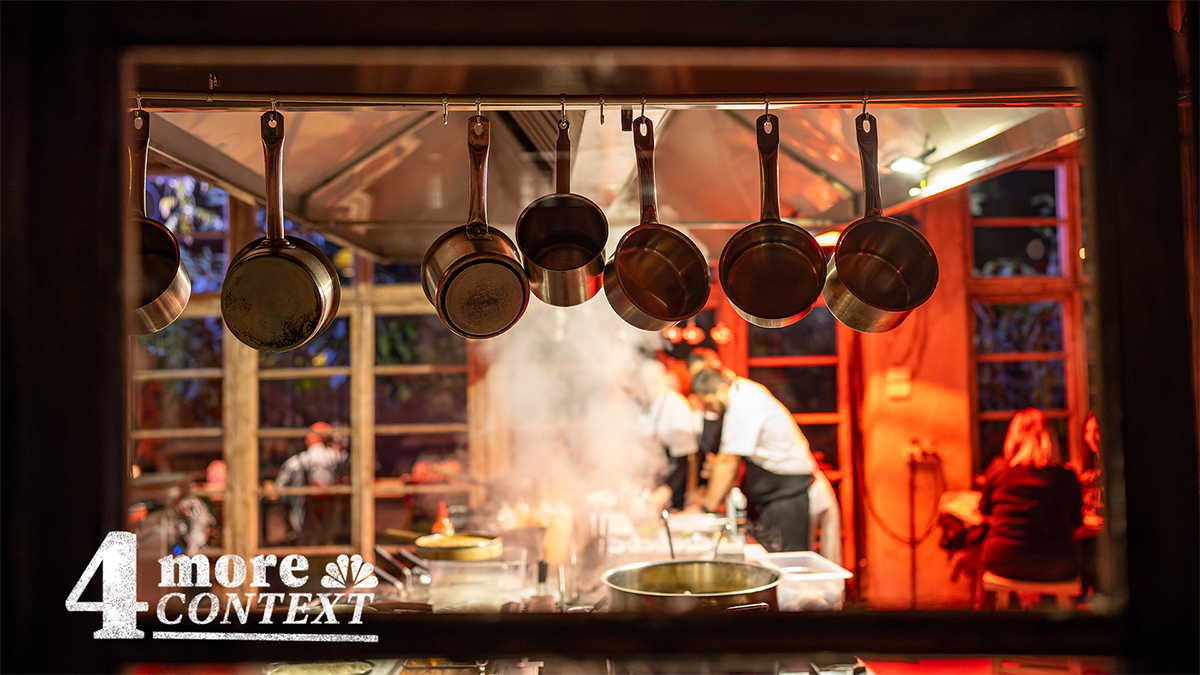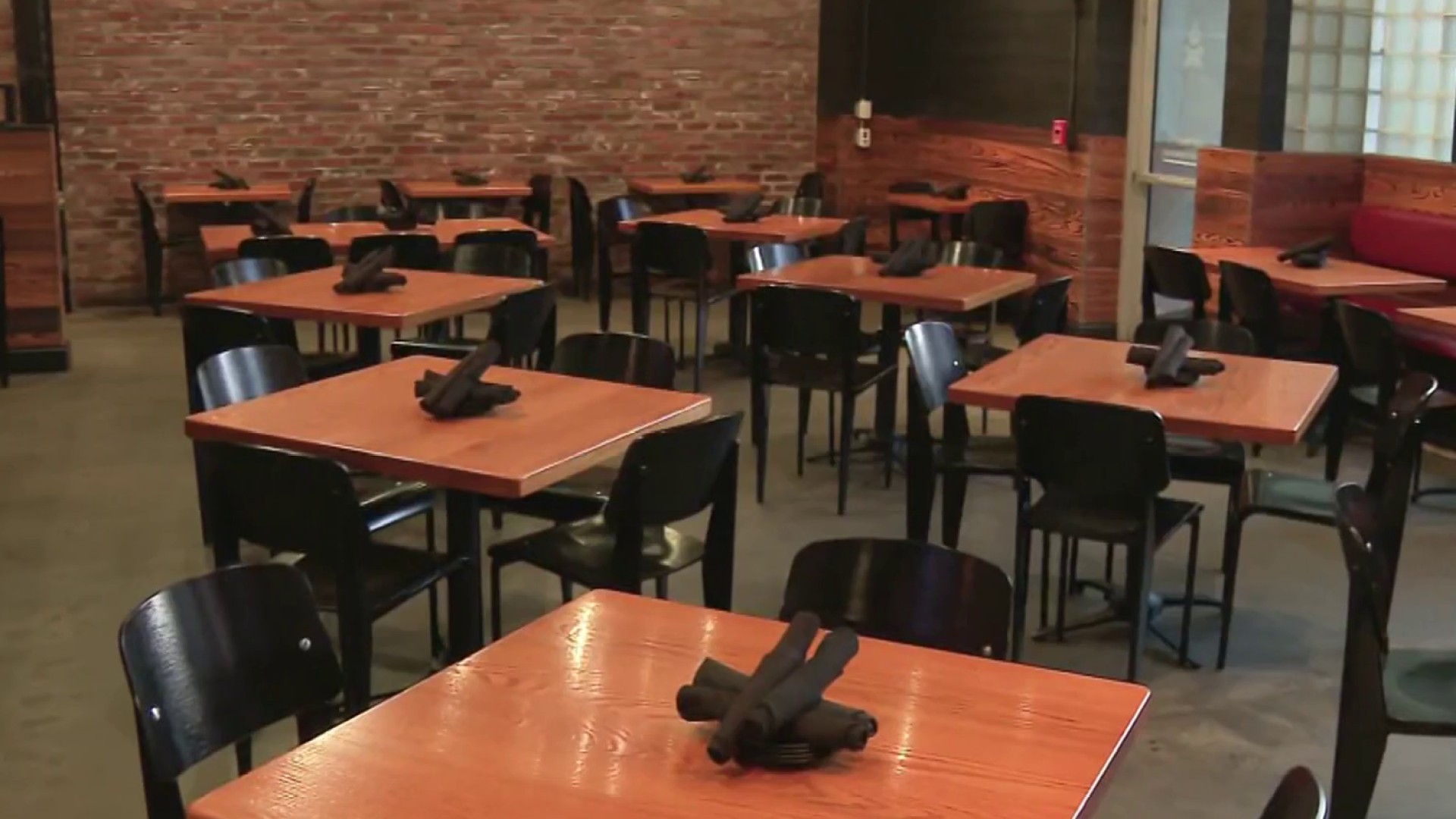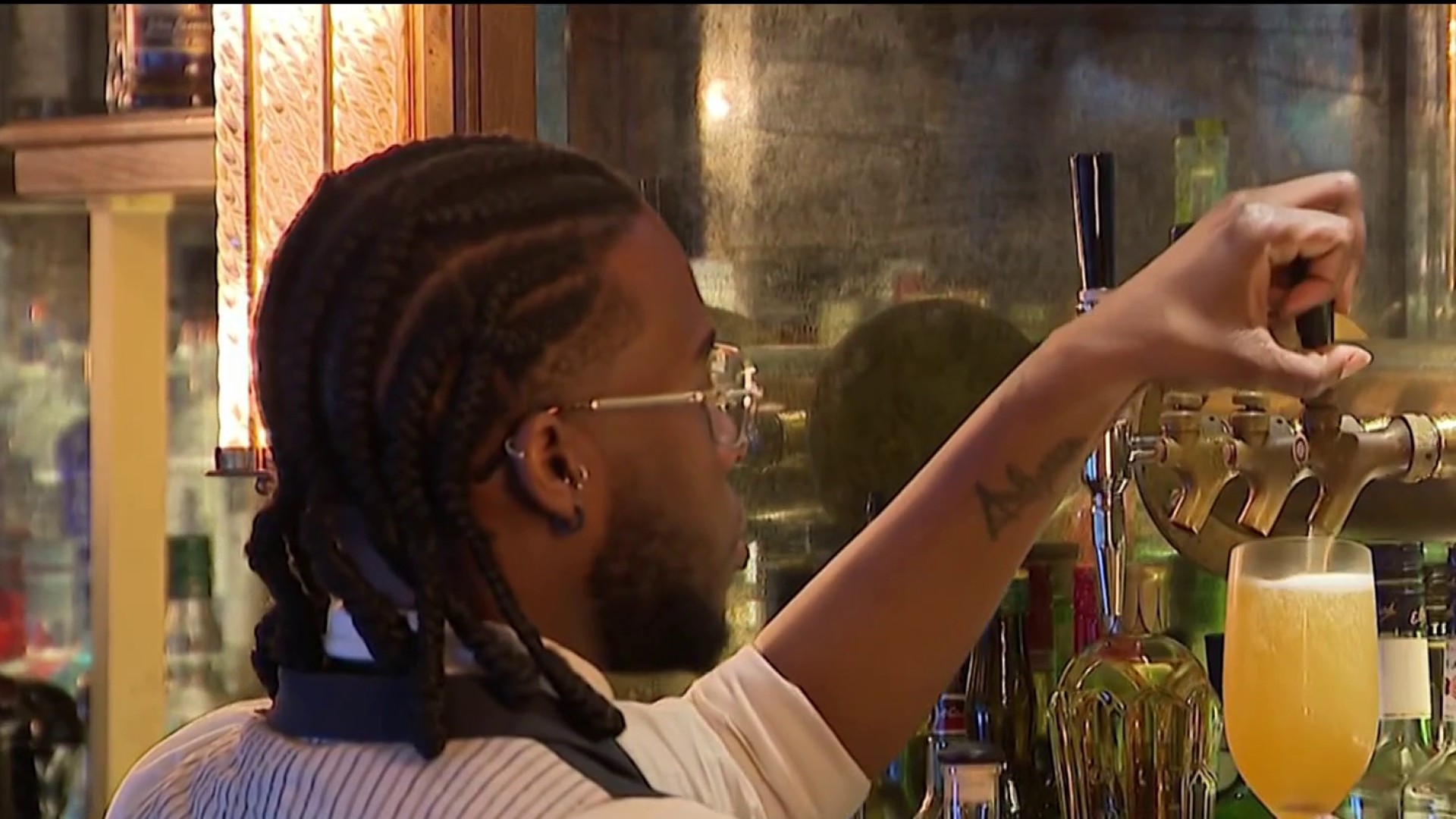You may be seeing fewer streateries around D.C. soon.
The D.C. Department of Transportation is changing its regulations and costs for the dining areas now commonly set up in curb lanes, and some restaurant owners are unhappy about the change.
The streateries were designed to allow restaurants to safely operate during the pandemic, and they’ve since become a big part of the cityscape — and the restaurant business.
Five years after the District provided restaurants space in the curb lanes to set up tables, the setups have become more elaborate, and they’re now a big part of many restaurants’ income.
“We’re gonna lose about 25, 30% of our revenue, because most of the people that came here on that time, they like to stay outside,” said Daniel Quiroz, owner of Marx Cafe.
D.C. Mayor Muriel Bowser’s administration announced the current regulations would change at the end of November, and any restaurants that want to keep their streateries would face new fees.
Those fees include a $260 permit fee and an additional $20 per square foot.
Restaurants would also be required to supply their own jersey walls and would not be allowed to construct plexiglass walls.
At a D.C. Council meeting the week of Nov. 3, Councilmember Charles Allen held a hearing on the changes.
“Right now they’re trying to go to $20 per square foot,” Allen said. “Your same sidewalk cafe is $5 per square foot. So I think it’s got to be less than $20.”
“The proposed rules that DDOT’s pushing forward would actually just end up basically knocking out all the streateries,” Allen said. “The ones that are successful and contributing to our businesses and our city. So I’m pushing DDOT hard — they’ve got to make some changes.”
At that Council hearing, multiple restaurant owners testified the fees would be thousands of dollars a year — an unaffordable price.
“If we are unable to continue participating in the Stewardry Program under the current compliance timeline, we would be forced to lay off approximately 40% of our workforce,” said Patrice Cleary. “Currently, we have 65 employees. That would mean laying off 26 employees.”
Cleary owns Purple Patch and another restaurant in Mount Pleasant. She said she depends on curbside tables.
“The process of becoming compliant with the 2025 street regulations is both time-consuming and financially challenging, especially during a period where restaurants are still struggling to stabilize,” Cleary said.
Bowser was asked about the regulation changes at a recent press event.
“Streateries are a pandemic-era intervention that we allow restaurants to build just about anything, just about anywhere, for next-to-no — for absolutely nothing,” Bowser said.
“And over the last five years, we have moved to put a regime in place that allows for safe construction, construction that is in keeping with the aesthetics of the neighborhood, and that is fair. And so that is, we have slowly rolled that out. We have extended it a couple of times, and we continue to want to be fair,” Bowser continued.
She said the fee for streateries, while higher in cost, is similar in principle to the sidewalk cafe fee. Her administration wants to encourage businesses to make use of both.
“We don’t want to be onerous,” Bowser said. “We want to work with the businesses to get there and to make sure that they can be compliant.”
Of the 139 restaurants currently enrolled in the streateries program, only 62 have applied to continue under the new regulations, Bowser told reporters.
Those regulations go into effect on Nov. 30.
Get the D.C. area’s top news and weather delivered to your inbox every morning. Sign up for First & 4Most, our free newsletter.

Want more insights? Join Working Title - our career elevating newsletter and get the future of work delivered weekly.


